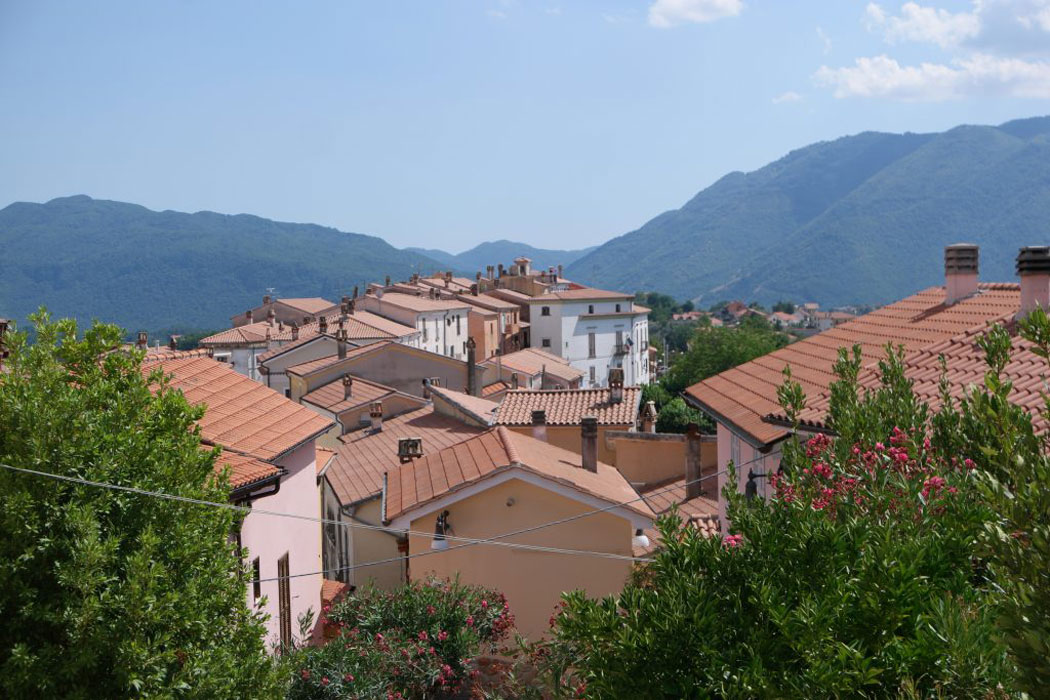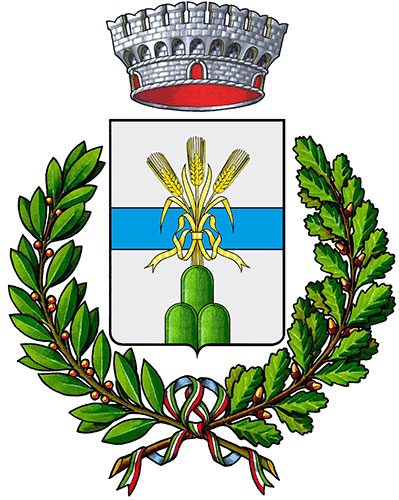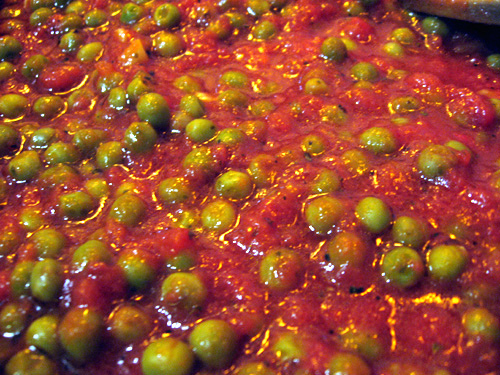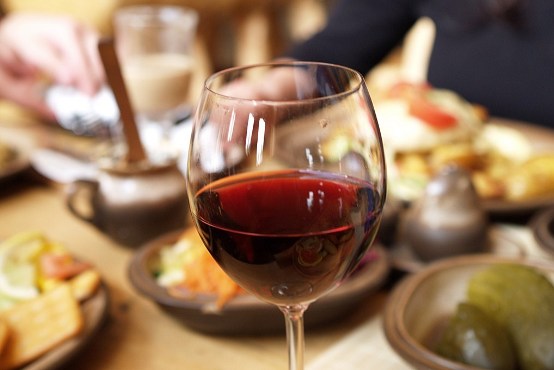

Gallinaro is located in the beautiful Val di Comino, at the foot of the Apennines, and its name derives from the widespread local hens. Maybe it has a Samnite past but the first news of the castle date back to the first millenium. At that time Gallinaro populations sought refuge on the high ground to escape the Barbarian invasions.
Between 1023 -1047 the town was part of the county of Sora, then became one of the domains of the Abbey of Montecassino which sold it to secular lordships.
Among the landowners are the best Neapolitan aristocrats: the d’Aquino, the Etendard, the Cantelmo and then, starting in the fifteenth century, the Borgia, Navarro, the Cardona, the Gallio.
At a time not specified, here the Shrine of St. Gerard was erected dedicated to an English hermit who died in the small town on return from the Holy Land and it became a destination for religious pilgrims.
The small town declined during the fourteenth and fifteenth centuries, and in paintings of the seventeenth century it seems desolate. The tragic plague struck the community in 1656, and is remembered in a plaque kept in the historical centre. In the eighteenth century there was a demographic development of the village, including restructuring and transforming the Sanctuary of San Gerardo in the baroque church in around 1713.












Follow us